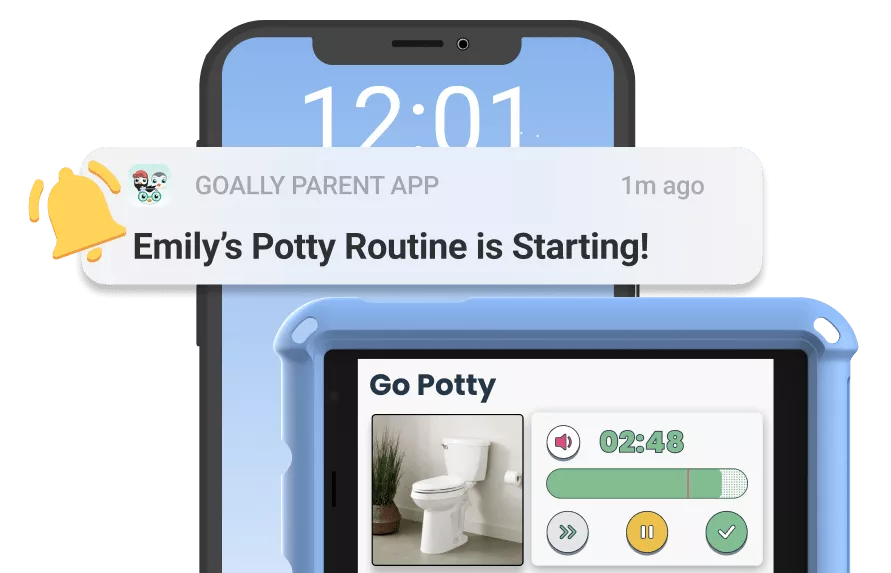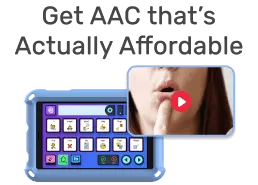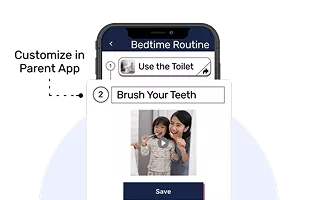Verbal communication refers to the use of words to convey messages, whether spoken or written. Nonverbal communication, on the other hand, includes body language, facial expressions, and other forms of communication without words. Understanding the differences between these two types of communication is vital, especially for parents of neurodivergent kids who may struggle to express themselves or interpret others’ intentions.
Key Takeaways:
- Verbal communication relies on spoken or written words to communicate a message.
- Nonverbal communication involves body language, facial expressions, and tone of voice.
- Understanding these differences helps neurodivergent kids better navigate social situations.
- Parents can support their kids by modeling clear verbal and nonverbal communication skills.
Table of Contents
What Is Verbal Communication?
Verbal communication is the most direct form of expressing thoughts, ideas, and feelings. It involves speaking words aloud or writing them down. This form of communication is often used in structured settings like schools, doctors’ appointments, or family conversations. For neurodivergent kids, verbal communication can be a challenge if they struggle with speech delays, learning disabilities, or difficulty processing verbal cues from others.
Words are powerful tools that convey specific meanings, but they can also be misinterpreted, especially for kids who might not pick up on tone or emotional context. For instance, a sarcastic remark might be misunderstood as a compliment. It’s important to be aware of how we speak and ensure our words are clear and intentional. Helping neurodivergent kids build strong verbal skills can improve their self-expression and reduce misunderstandings.
What Is Nonverbal Communication?
Nonverbal communication is a broad category that encompasses all forms of communication without words. This includes facial expressions, gestures, posture, eye contact, and even the way we physically position ourselves in a room. For example, crossing arms might signal discomfort or defensiveness, while leaning in may show interest and engagement. Nonverbal cues are essential for understanding the full context of a conversation, as they often provide emotional context that words alone may not convey.
For neurodivergent kids, reading and using nonverbal communication can be tricky. Many may have difficulty understanding facial expressions or recognizing when someone is feeling upset, happy, or frustrated based on their body language. This is why parents should focus on not only teaching words but also encouraging kids to observe and respond to nonverbal signals in social interactions.
How Verbal and Nonverbal Communication Work Together
While verbal communication involves words, nonverbal cues add richness to a conversation. Think of verbal communication as the “what” and nonverbal as the “how.” How we say something is often more telling than what we actually say. For example, if a child says, “I’m fine,” but their shoulders are hunched and their eyes are downcast, the nonverbal cues may suggest otherwise.
When both forms of communication align, they reinforce each other and make the message clearer. On the other hand, when verbal and nonverbal messages contradict each other, confusion can arise. Parents can help their neurodivergent kids by teaching them to align their words with their body language, which improves social interactions and helps them better interpret others’ cues.
How Can Parents Help Their Kids with Verbal and Nonverbal Communication?
For neurodivergent kids, practicing both verbal and nonverbal communication skills is essential for navigating social situations. As a parent, you can support your child’s development in this area by breaking down complex communication tasks into smaller, more manageable steps. Below are some practical ways to help:
- Model clear communication: Use clear, simple language and ensure that your body language matches your words.
- Use visual aids: Visual schedules, facial expression charts, and gesture cues can help kids connect words with corresponding body language.
- Encourage role-playing: Practice common social scenarios like greetings, asking for help, or expressing needs. Reinforce the use of both verbal and nonverbal cues during these practice sessions.
- Provide feedback: Gently correct or guide your child if they misunderstand or misinterpret verbal or nonverbal cues. Celebrate their progress as they improve their skills.
Common Challenges for Neurodivergent Kids
Neurodivergent kids, especially those with autism or ADHD, may face unique challenges in both verbal and nonverbal communication. They may struggle with processing complex language, interpreting sarcasm, or recognizing emotional cues from others. This can lead to frustration, misunderstandings, or difficulty making friends.
Some common challenges include:
- Difficulty interpreting body language: Kids may not pick up on cues like crossed arms, facial expressions, or posture, making it harder to understand others’ feelings.
- Speech delays: Some kids may take longer to develop verbal communication skills, leading to frustration in expressing their needs or understanding others’ speech.
- Inability to recognize tone: Kids may misinterpret the tone of voice used by others, confusing sarcasm for seriousness or failing to recognize a soothing tone of voice when someone is trying to comfort them.
Best Parent-Approved AAC App:
Goally comes with an easy-to-use, fully customizable AAC device to help kids communicate. If you’re on a waitlist, this is the fastest way to get your child access to an AAC Talker and start communicating!
Verbal and nonverbal communication are fundamental skills for everyone, but they can be particularly challenging for neurodivergent kids. By focusing on both types of communication, parents can support their children in developing stronger social and emotional understanding. Over time, this will lead to better communication, fewer misunderstandings, and stronger relationships with peers, teachers, and family members.
Resources:
- Centers for Disease Control and Prevention
- National Institute of Child Health and Human Development
- Autism Society
FAQs About Verbal and Nonverbal Communication
What is verbal communication? Verbal communication is the use of words, either spoken or written, to convey information, ideas, and feelings. What are some examples of nonverbal communication? Nonverbal communication includes body language, facial expressions, gestures, eye contact, tone of voice, and posture. Why is nonverbal communication important for children? Nonverbal communication helps children express their emotions, needs, and thoughts, especially when they struggle with verbal communication. How can parents improve their nonverbal communication with their kids? Parents can improve nonverbal communication by maintaining eye contact, using appropriate facial expressions, and being mindful of their tone of voice and body language. Can visual aids help with communication for children with learning differences? Yes, visual aids such as pictures, symbols, and gestures can be highly effective in helping children with learning differences communicate and understand others.
Emily is a seasoned blog writer for Goally, leveraging her extensive background in child psychology and special education to provide valuable insights and resources for parents. Her commitment to understanding and addressing the unique needs of these children, combined with her expertise in educational strategies, makes her a credible and empathetic voice for families.






